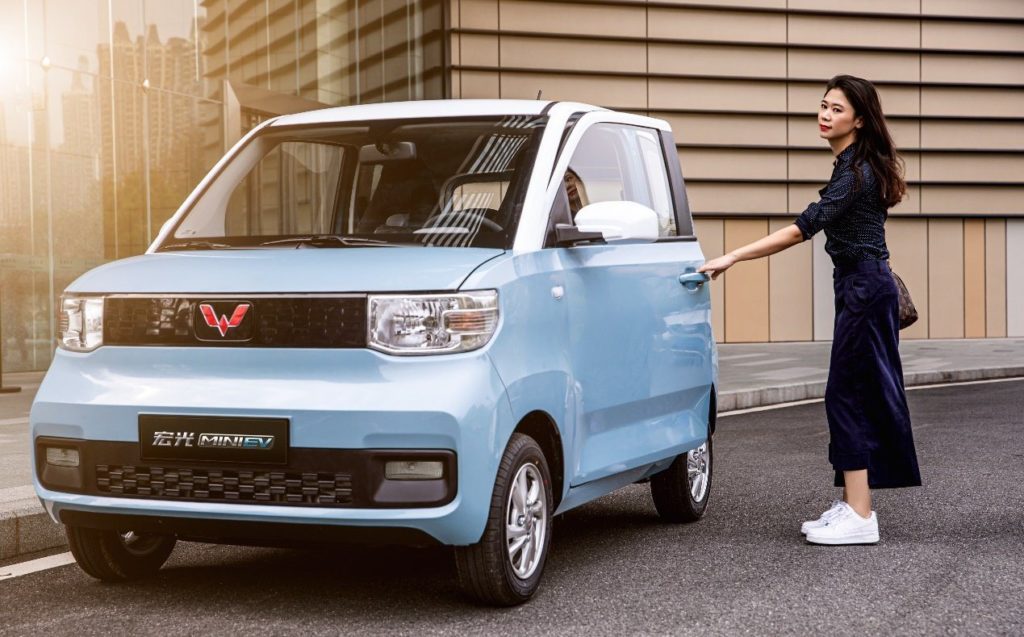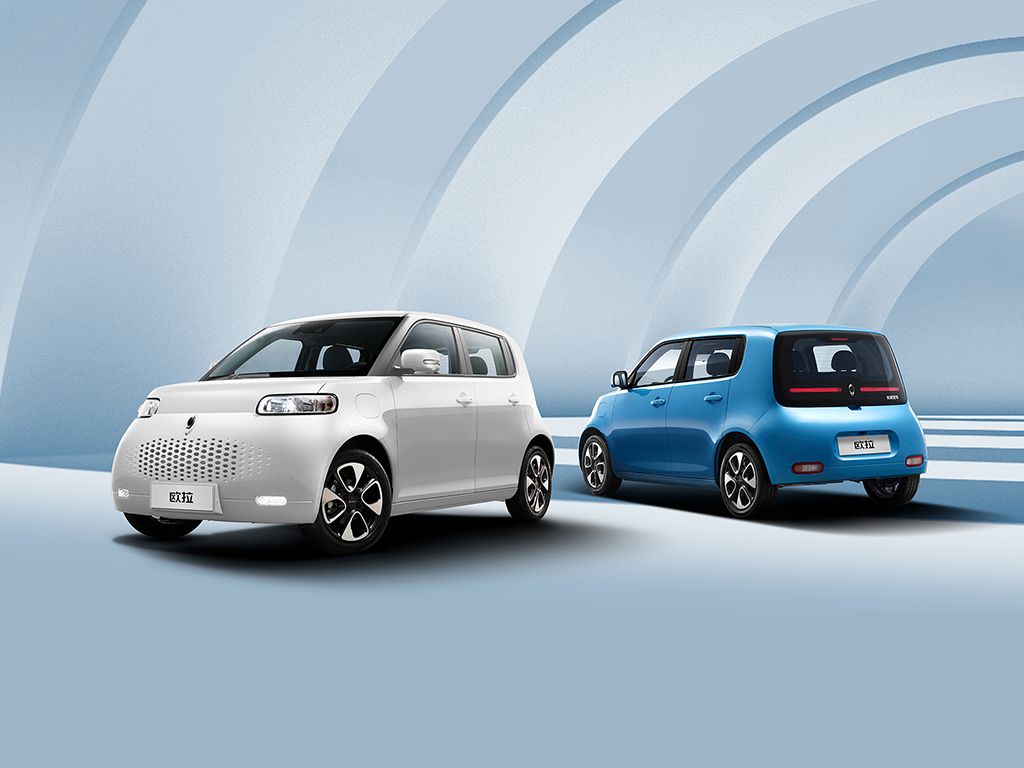Last August, China achieved its highest number of registrations for electric cars and plug-in hybrids. A milestone that represents for the first time overcoming the barrier of 100,000 deliveries in a month shows us some exciting keys, such as the acceleration of sales and the explosion of cheap electric vehicles as an alternative to public transport.
The Chinese market has maintained the figures for the year quite well despite the pandemic’s impact, with 6% more units sold in the first eight months. During August, pure electric vehicles (BEV) have achieved a growth of 31%, while plug-in hybrids (PHEV) have done so by 27%.
But this data also show that little by little pure electric vehicles are taking over the market, accumulating 81% of total sales last month, which brings the entire market share to 5.7%, with 4.6% for the BEV and just 1.1% for PHEVs.
Regarding the best sellers of August, we find the Tesla Model 3 with 11,811 units delivered, representing a growth of 687% compared to the same period last year. A Model 3 that also leads with an iron fist the accumulated of the year with 70,951 deliveries, or 391% more than last year at this point, which denotes the entry into the action of the Shanghai Gigafactory.
From behind come the first surprises. And it is the new low-cost models elbowing their way, claiming a space that public transport has lost something because of the expansion of the coronavirus. For example, we see the Wuling HongGuang Mini. An urban proposal with just 105 miles of autonomy under the lax NEDC system should translate into a city range of only over 62 miles.

As we see, low autonomy has not impeded 9,150 people to have received their unit in August. Something that allows it to be the only one that follows closely in the wake of Model 3 confirms the enormous interest in low-cost alternatives for urban transport. The Chinese have seen the market potential only limited by production capacity and battery supply.
This trend is confirmed by August’s fourth position of another low-cost model, the ORA R1, which has delivered 3,748 units. A proposal would be placed in the SEAT Mii Electric and company segment, with a 33 kWh battery and autonomy under the NEDC cycle of 218 miles.
One place further down the table, we can see the Baojun E300. Another low-cost urban that stands out for a very modern design and finishes a priori much more competent than we could expect in an electric with a 31.5 kWh battery, 305 km of NEDC autonomy, and a price of just 8,188 euros also after of aid.
This shows us that the Chinese interest in low-cost electric cars has exploded in recent months. A sustainable alternative to urban transport that many prefer to avoid as much as possible and seek to do so through simple proposals that serve to move and park in cities without blowing up the budget.

